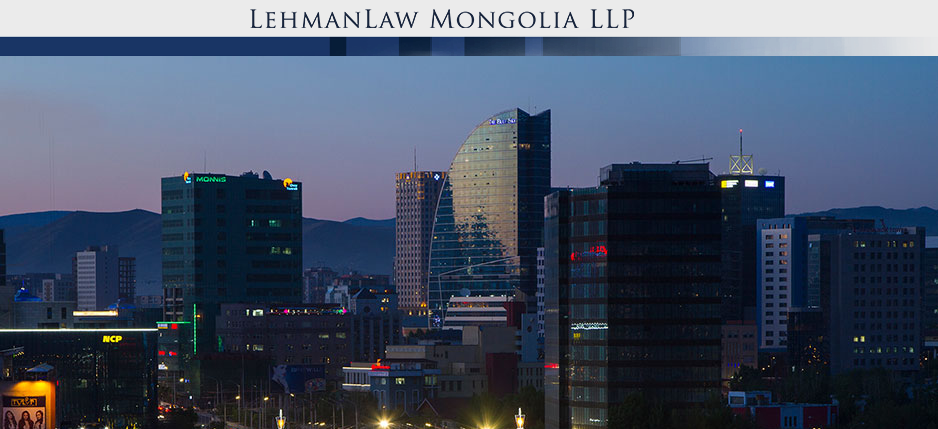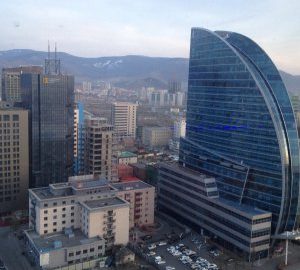In our previous post, we looked at basics of a Regular Shareholder Meeting. Today, we will take a closer look at requirements for holding a Special Shareholder Meeting.
A Special Shareholder Meeting may be convened only in the following situations:
- If more than 50 percent of the Board of Directors
unable to work or resigned;
- If two (2) or more independent members of the
Board of Directors, or shareholders with 10 or higher percent of voting rights
has issued a proposal or demand;
- If the loss incurred by the company exceeds 30
percent of the owner’s equity at the time of the last financial report;
- If the company debt has exceeded the owner’s
equity for two (2) years in a row, and is a negative figure;
- the Board of Directors has issued a decision;
- the audit committee demanded to convene a
special session of the shareholders meeting;
- all
other cases specified in the company charter.
Under the Company
Law, (61.1.2) it states to convene the a special shareholders meeting if two
(2) or more independent members of the Board of Directors, or shareholders with
10 or higher percent of voting rights (further to call “ meeting initiator ”)
has issued a proposal or demand, and it closely regulates the procedure of the
proposal and its resolution. This is one of the significant differences and
regulations between regular and a special shareholder’s meetings.
The Company Law
directs that when the above describer 2 or more independent members if the Board
of Directors and shareholders with 10 or higher percent of voting rights demand
to convene the a special shareholders meeting they must issue the written
proposal to the Board of Directors or Executive management reflecting i) meeting
initiator’s full name ii) the
number of voting shares iii) reason for convening the meeting iv) agenda
v) draft resolution.
The
Board of Directors (in its absence, the executive body) could decide whether or
not to call such a special shareholder meeting within ten (10) business days
following the date that they receive the demand. The Board of Directors may
decide one of the following two alternatives:
1) Resolve to convene the a special shareholders meeting
according to the meeting initiator’s demand. In this case, the meeting should
be convened within 45 days of receipt of a valid proposal for a meeting. The
company must bear the cost associated with
the shareholders’ meeting.
2) If the voting
rights of the shareholders demanding the calling of the special meeting do not
reach ten percent (10%) of the company`s aggregate voting rights; or none of
the issues proposed for the agenda of the special shareholders meeting are
within the authority of such meeting the Board of Directors or the executive
management shall refuse to the proposal and the decision shall be immediately
notified to the Board of Directors member or shareholder proposed the meeting.
If the meeting initiator disagrees
with the refusal, they could appeal to the court.
If
within 10 days the Board of Directors (in its absence, the executive body)
fails to make a decision, the demanding shareholders or an independent member
of the Board of Directors may call to convene the a special shareholders
meeting independently. In such a case company may bear costs associated or
refuse to bear the cost.
Conclusion and
Key Differences of Regular Shareholders Meeting and A Special Shareholders
Meeting
The key difference between the regular
and a special shareholders meeting is the regular meeting shall be convened at
least 40 days after the decision was made, and the a special shareholders
meeting shall be convened within 45 days after the decision was made.
With regard to the legal consequences,
if the regular meeting was not convened within the April (4 months), the Board
of Directors authority ruminates in entirety, except the right to convene the
shareholders meeting. In case, it failed to convene the a special shareholders meeting,
the meeting initiator is entitled to convene the meeting, and if the meeting
initiator disagrees with the refusal from the convening the meeting, the meeting
initiator may appeal to the court.
In connection with mandatory agenda, the regular meeting must be discussed and approved the Board of Directors conclusion on the operational report and the financial statement of the company. However, the a special shareholders meeting does not have a mandatory agenda item, and it may discuss any issue related to the authority of the shareholders meeting.


